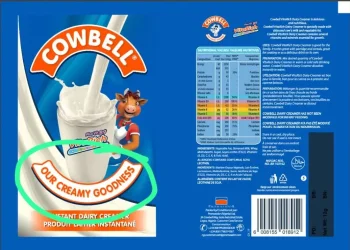Guessing is SO old school. You don’t need to guess when to take an STI test – here’s what you need to know. Every sexually transmitted infection has a timeline!
Can living in the moment be detrimental? I suppose it depends on how you choose to live in the moment. An intense make-out session in a dimly lit room can sometimes lead to both people having consensual unprotected sex. If you’re not looking for a baby, this act can be a slap back to reality that you had just had sex without… a condom.
What next? Panic? That’s definitely not going to solve anything. For the next few days, though, you would likely be quite aware of your body in an attempt to recognize when it begins to react in an odd way, which you would likely associate with an STI. To stop being so paranoid about your last unprotected sex, you need to go in for an STI test. But when is the perfect time to do so, though? Is it right after intercourse or a few days after? Let’s discuss further.

The Window Period
In this instance, you need to know about the “window period“. A window period is the interval between being exposed to a potential sexually transmitted infection (STI) and being able to identify it through testing. The strange thing about this period is that you may have an infection but the test will not detect it; yet, you can transmit the infection to another person.
There are several types of STIs that can be contracted through unprotected sex, and their window periods differ. For example, HIV symptoms may appear weeks or months later. In contrast, infections such as chlamydia and gonorrhea cause symptoms much sooner. It basically means that getting a STI test shortly after having unprotected sex will not give you a definitive answer about whether or not you have a STI. This is where the follow-up test comes in. As the window period progresses, subsequent STI tests are more likely to identify infections in the body.
When Can You Get Tested After An Unprotected Sex?
Although it is recommended to get tested soon after indulging in unprotected sex, early discovery of any infection is important in order to start treatment and prevent further health concerns.
However, you enter a window period after such an encounter, and a single negative test isn’t a guarantee that you don’t have any STIs. Therefore, it’s important to understand the timeline for different STIs to ensure more accurate results.
| STIs | Timeline |
| Chlamydia and gonorrhea | 2 weeks after exposure |
| Syphilis | 1 – 3 months after exposure |
| HIV | 1 – 3 months after exposure |
| Hepatitis B and C | 1 – 3 months after exposure |
| Herpes | 2 – 12 weeks after exposure |
Bonus Tips
Certain infections may reoccur occasionally. Consequently, it’s important to retest after an STI treatment to be sure the infection has been completely removed. This is particularly important for infections like syphilis, gonorrhea, and chlamydia.
Conclusion
Although it is advised to get tested immediately after indulging in unprotected sex, however, each sexually transmitted infection has its own window period. The chances of discovering a STI at the beginning of the window period are low. But as days go by, the likelihood of finding a sexually transmitted infection in the body increases.

















